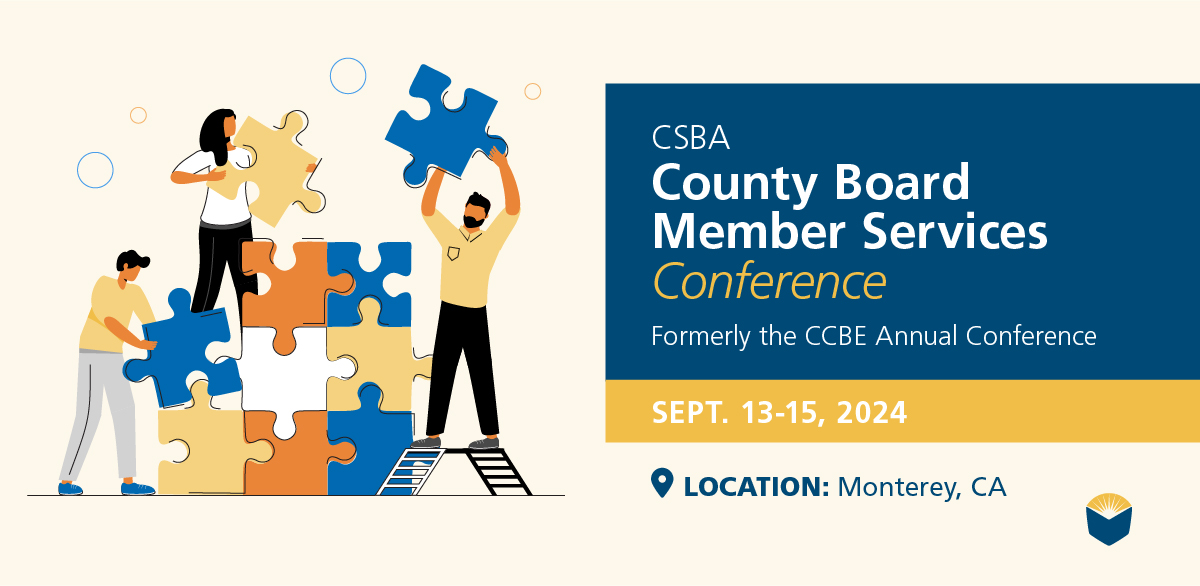According to the California Department of Education’s Special Education Guidance for COVID-19, at this time, the federal government has not waived the requirements under the Individuals with Disabilities Education Act. When a school district continues to provide educational opportunities to the general student population during physical school site closures, the district is obligated to provide students with disabilities with equitable access to comparable opportunities, appropriately tailored to the student’s individualized needs, as determined through the Individualized Education Program (IEP) process. Depending on each student’s needs, their IEP and access to resources during school closures, complying with relevant federal laws may be particularly difficult during distance learning.
On March 21, 2020, the U.S. Department of Education (USDOE) published a Supplemental Fact Sheet, Addressing the Risk of COVID-19 in Preschool, Elementary and Secondary Schools While Serving Children with Disabilities. The USDOE stated that it does not want its regulations to stand in the way of good faith efforts to provide distance learning to students.
The USDOE stressed that schools should not decline to provide distance instruction to all students because of a perceived inability to properly provide Free Appropriate Public Education (FAPE) to students with special education needs, and ensuring compliance with the IDEA should not prevent any school from offering educational programs through distance instruction.
The USDOE acknowledged that the determination of how FAPE is to be provided may need to be different in this time of unprecedented national emergency. Although federal law requires distance instruction to be accessible to students with disabilities, it does not mandate specific methodologies. Where technology itself imposes a barrier to access or where educational materials simply are not available in an accessible format, educators may still meet their legal obligations by providing children with disabilities equally effective alternate access to the curriculum or services provided to other students.
In surveying the practical landscape of distance learning, there will likely be inevitable delays in providing some special education services and in making decisions about how to provide such services. In evaluating those delays, IEP teams will have to make determinations on a case-by-case basis about whether, and to what extent, compensatory services may be needed when schools resume normal operations.
IDEA timelines may present challenges during this time, and the USDOE supplemental fact sheet includes additional information on IDEA timeframes that may need to be addressed, highlighting existing exceptions in the federal code and how the current crisis may fit within those provisions, including for initial evaluations, reevaluations, complaint resolution, due process hearings, and meeting and developing IEPs.
For example, if a child has been found eligible to receive services under the IDEA, the IEP Team must meet and develop an initial IEP within 30 days of a determination that the child needs special education and related services. (See 34 C.F.R. § 300.323(c)(1).) IEPs also must be reviewed annually. (See 34 C.F.R. §300.324(b)(1).) However, parents and an IEP team may agree to conduct IEP meetings through alternate means, including videoconferencing or conference telephone calls. (See 34 C.F.R. §300.328.) USDOE encourages school teams and parents to work collaboratively to meet IEP timeline requirements. In making changes to a child’s IEP after the annual IEP team meeting, because of the COVID-19 pandemic, the parent of a child with a disability and the public agency may agree to not convene an IEP team meeting for the purposes of making those changes, and instead develop a written document to amend or modify the child’s current IEP. (See 34 C.F.R. §300.324(a)(4)(i).)
The USDOE has encouraged school districts and county offices to education to work with parents to reach mutually agreeable extensions of time, as appropriate.
California’s Department of Education (CDE) continue to provide guidance on serving students with special needs as well. On March 20, 2020, the CDE published Special Education Guidance for COVID-19, noting that it has formed a workgroup of special education practitioners and other experts to help brainstorm best practices that it plans to share in the coming weeks. The CDE also stated that it is committed to a reasonable approach to compliance monitoring that accounts for the exceptional circumstances facing the state.
The CDE and the California State Board of Education are working with USDOE to determine what flexibilities or waivers may be issued in light of the extraordinary circumstances. Until and unless USDOE ultimately provides flexibilities under federal law, school districts and county offices of education should do their best in adhering to IDEA requirements, including federally mandated timelines, to the extent possible.
Resources for addressing the needs of students with disabilities are provided in the CDE’s guidance and in the CDE’s guidance on distance learning at https://www.cde.ca.gov/ls/he/hn/guidance.asp. The CDE will continue to update guidance and provide new information as it becomes available. Questions concerning topics not addressed in prior guidance can be sent to: SEDinfo@cde.ca.gov.
The federal Office for Special Education and Rehabilitative Services’ technical assistance centers are also available to address district questions regarding the IDEA and best practices and alternate models for providing special education and related services, including through distance instruction.
Resources:
California Department of Education Special Education Guidance for COVID-19





